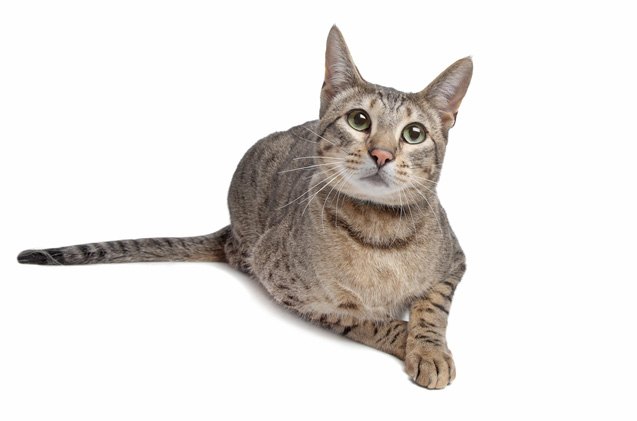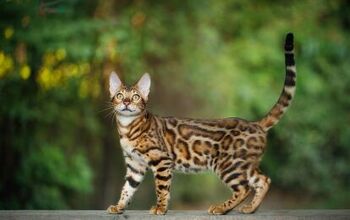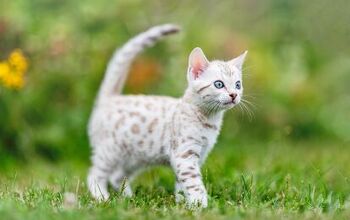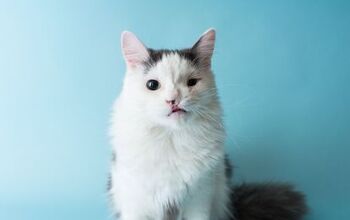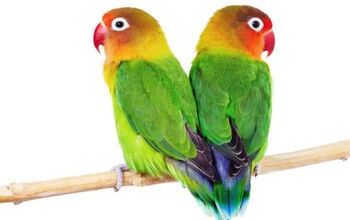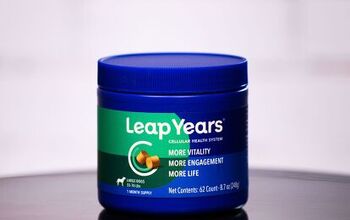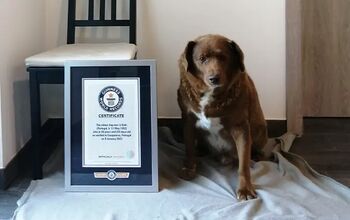Savannah


About Savannah
The Savannah is a hybrid cat created by breeding an African Serval with a domestic cat in the 1980s. Judy Frank, a breeder of Bengals located in Pennsylvania, is credited with the first such pairing when she bred a male serval to a Siamese in 1986. Concerted efforts to develop the breed gained traction in the early 1990s due to the efforts of Patrick Kelley, who bought one of the kittens from Frank’s initial experiment. Breeder Joyce Sroufe helped Kelley develop the breed, and the proposed breed standard. The cats were accepted as a new breed by The International Cat Association in 2001, and were granted championship status in 2012. The early popularity of the Savannah has taken the cat world by storm, and there are now some 60 breeders worldwide.
Savannahs make excellent companions and are surprisingly receptive and convivial with other pets in the house.
Savannahs make excellent companions and are surprisingly receptive and convivial with other pets in the house. Known for their friend “head bump” greetings, Savannahs are often found in the highest places they can reach. These cats are serious jumpers! They can leap approximately 8 feet from a sitting position with no warning. They simply burst upward like elegantly coiled springs. Savannahs love to play in water, and have something of a good natured sense of humor. They are quite adept at opening doors and cupboards, so child locks are a must when one of these cats is in the house. Extremely loyal, they have many “dog like” characteristics, including a willingness to be leashed, and to play fetch. They are known to wag their tails, and to fluff out their tail fur as a sign of greeting. In terms of vocalizations, a Savannah can either chirp or meow, and occasionally do something in between. The breed also lets out with a hiss like that of a loud snake that can be highly disconcerting until you get used to the sound.
Tall and lean, the Savannah owes much of its physique to its wild antecedents. Officially the largest domestic cat, the Savannah’s conformation makes it look much larger than it really is, but some individuals do reach as much as 30 lbs. The cat’s long neck and long legs give it a graceful ranginess augmented by the stunning coat marked with black spots and bars on a tawny, golden background. Typically, these cats are about half the size of the wild Serval cat, which is approximately 40 pounds. Savannahs have wonderfully erect, black barred ears, and very prominent shoulders. Their eyes can be green, gold, or brown, but at birth, they are blue. Overall, the appearance of the breed is one of intelligent alertness with an aura of mysterious aloofness that is a complete front for a cat known for its high level of loyal devotion to its humans.
The Savannah’s primary coat is a warm golden to tawny color covered in distinctive dark spots and bars.
Savannah’s are incredibly easy to groom. They have short coats, and they so love the water that most owners simply invite their cat into the shower with them.
Photo credit: Erik Lam/Shutterstock

Amy Tokic, Editor of PetGuide.com, is a passionate animal lover and proud pet parent of Oscar, a Shih Tzu/Chihuahua cross, and Zed, a Japanese Chin. Her love of animals began in kindergarten, when she brought her stuffed dog Snoopy into class with her every day. Now, she writes about her adventures in pet ownership and tirelessly researches products, news and health related issues she can share with other animal enthusiasts. In her free time, Amy loves perusing used book and record stores, obsessing over the latest pet products available and chasing squirrels with wild abandon (a habit attributed to spending too much time with her pooches).
More by Amy Tokic



